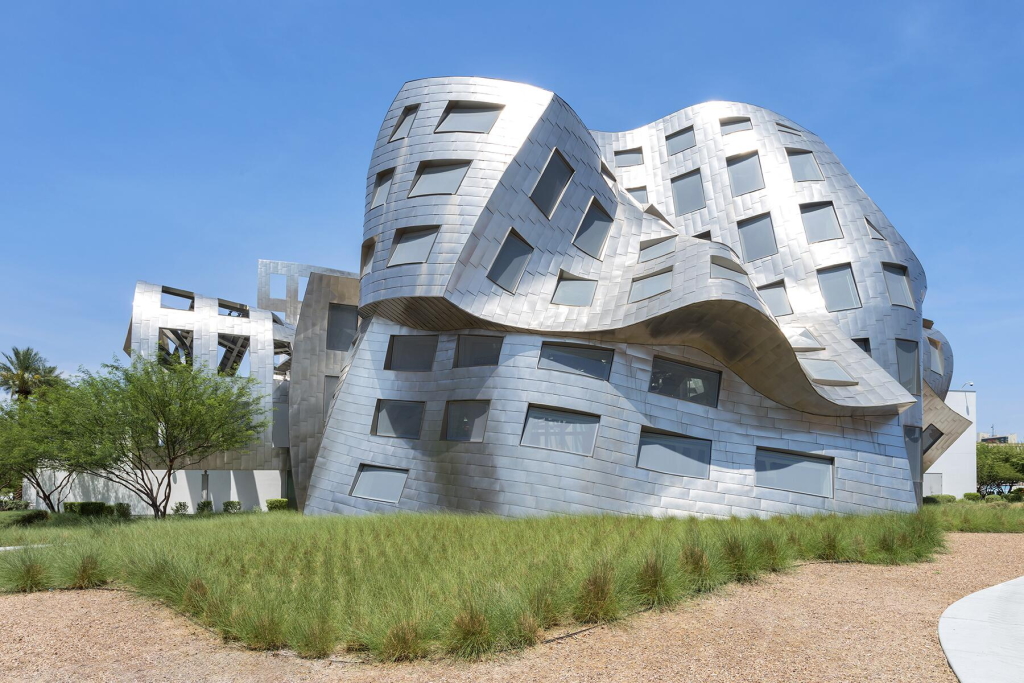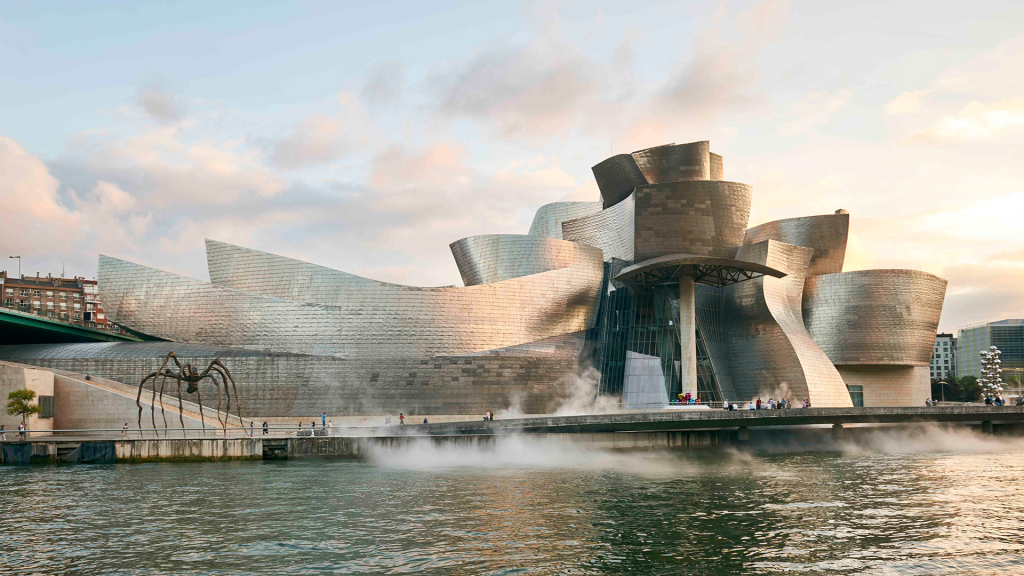opinions
The designs of Frank Gehry—one of the most innovative architects working today—grace numerous metropolitan skylines around the world. Known for their deconstructivist approach and creative use of materials, his buildings incorporate a wealth of textures that lend a sense of movement to his dynamic structures.

Toronto is where Gehry was born in 1929. He graduated with a BA from the University of Southern California in Los Angeles in 1954 and an MA from Harvard University in Boston in 1956. Drawings, models, designs, and sculptures by Gehry have been displayed in renowned museums all around the world.
Architecture of Frank Gehry.
Frank Gehry, one of the most well-known architects alive today, has had a profound impact on both the arts and architecture over the course of a career spanning more than six decades. Since the early 1960s, He has planned and constructed amazing projects, making him one of the most renowned architects of our century and a household name.

Frank Gehry’s architecture has permanently changed the urban landscape through the use of innovative designs and materials. His designs are regarded as really enormous works of art and are renowned for their striking architectural details and odd shapes.

While each of Frank Gehry’s structures is distinct, there are several distinguishing characteristics that give his work away. His work is categorized as deconstructivist, a type of postmodern architecture where the design’s pieces appear to be disjointed.
Guggenheim Museum Bilbao.

The architect stated that “the irregularity of the curves are designed to capture the light” in reference to the outside of the building’s curves. The inside “is centered on a spacious, light-filled atrium with views of the estuary of Bilbao and the neighboring hills of the Basque area.” The museum’s organizational hub is the atrium, which Gehry dubbed The Flower because to its design.